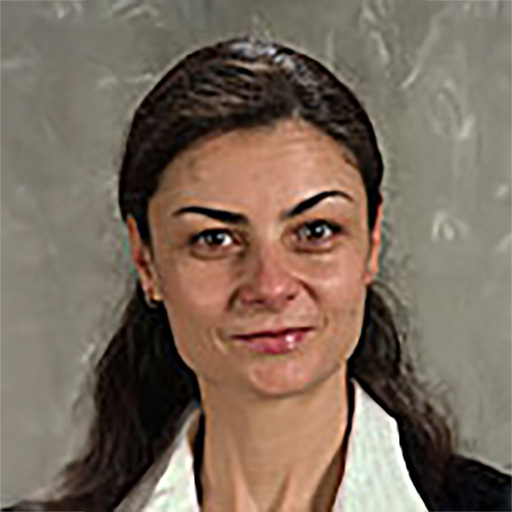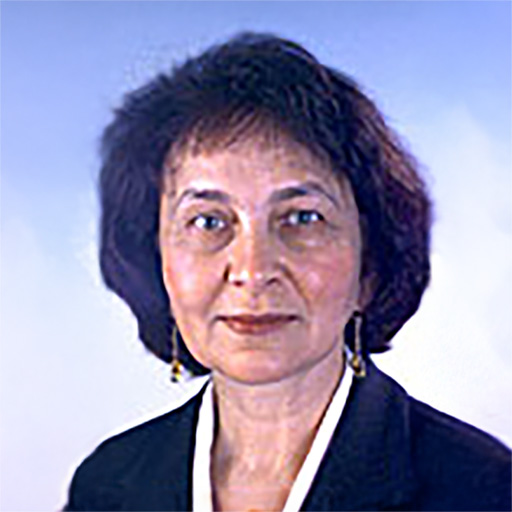The Role of Sox2 in AMD

About the Research Project
Program
Award Type
Standard
Award Amount
$100,000
Active Dates
April 01, 2008 - March 31, 2010
Grant ID
M2008037
Goals
This study will determine whether Sox2 is expressed in the retina of patients with AMD and the consequence of varying its concentration. This research will contribute to understanding the progression of AMD and help identify ways to slow or even halt its advance.
Summary
The researchers have discovered that a gene critical for producing the normal eye is turned on abnormally in the retina of AMD patients. This gene, Sox2, controls other genes, including one that is already associated with AMD, alphaB-crystallin. Abnormal expression of Sox2 may lead to abnormal expression of other genes, such as alphaB-crystallin, and this sequence may contribute to AMD. The Sox2 gene expressed in AMD is an unusual variant, and it might be an excellent target for AMD treatment. This study will determine whether Sox2 is expressed in the retina of patients with AMD and whether it is the Sox2 variant found in early preliminary studies. Sox2 gene expression will also be turned off and on in cell cultures to test the effect on alphaB-crystallin protein. This research will contribute to understanding the progression of AMD and help identify ways to slow or even halt its advance. I have been involved in stem cell biology for nervous system diseases for nearly two decades. Five years ago, my mother was diagnosed with Age-related Macular Degeneration (AMD), a degenerative disease of the retina. This personal experience has committed me to apply my skills in stem cell and molecular biology to work on AMD, which is so prevalent amongst our growing elderly population.
Grants
Related Grants
Macular Degeneration Research
Functional Study of HTRA1 and Age-Related Macular Degeneration
Active Dates
April 01, 2008 - March 31, 2010
Principal Investigator
Zhenglin Yang, MD
Functional Study of HTRA1 and Age-Related Macular Degeneration
Active Dates
April 01, 2008 - March 31, 2010
Principal Investigator
Zhenglin Yang, MD
Macular Degeneration Research
Analysis of A2E-Degradation and Complement Activation in Two New Animals Models for Age-Related Macular Degeneration
Active Dates
April 01, 2008 - June 28, 2010

Principal Investigator
Roxana Radu, MD
Analysis of A2E-Degradation and Complement Activation in Two New Animals Models for Age-Related Macular Degeneration
Active Dates
April 01, 2008 - June 28, 2010

Principal Investigator
Roxana Radu, MD
Macular Degeneration Research
Genetic Risks for AMD in Australians of Northern and Southern European Origin
Active Dates
April 01, 2008 - March 31, 2010

Principal Investigator
Luba Robman, MBBS, PhD
Genetic Risks for AMD in Australians of Northern and Southern European Origin
Active Dates
April 01, 2008 - March 31, 2010

Principal Investigator
Luba Robman, MBBS, PhD



